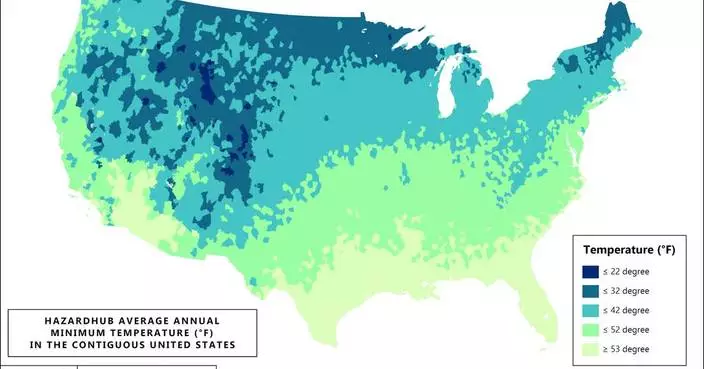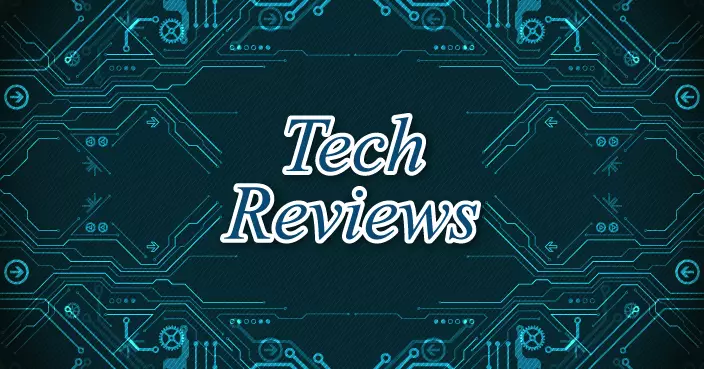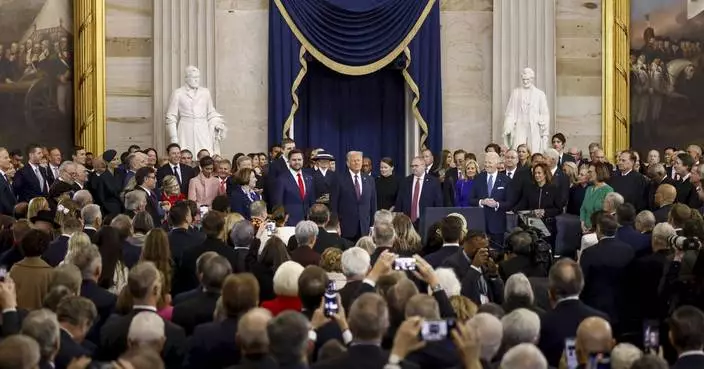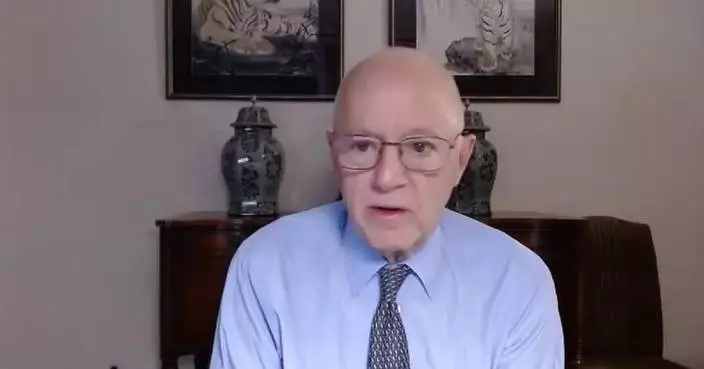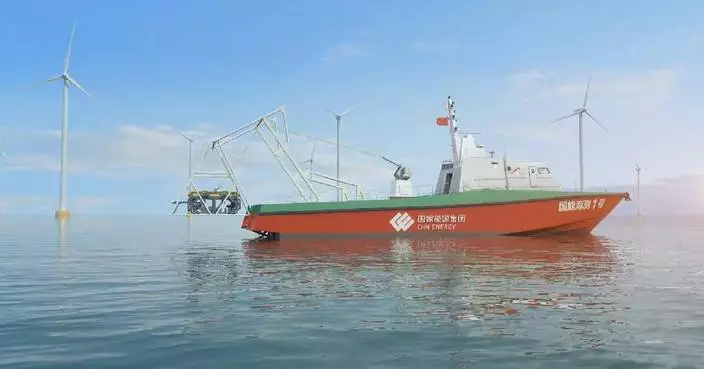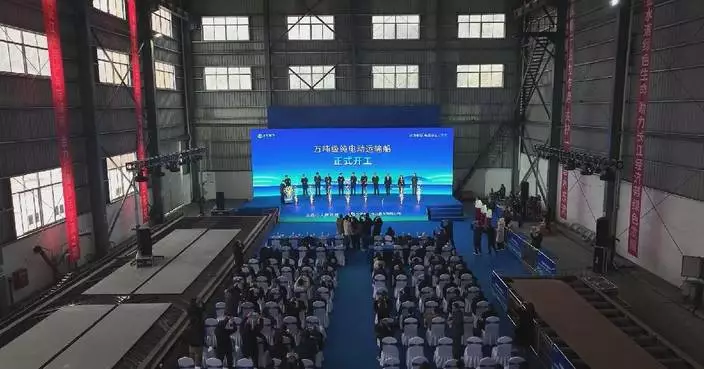Can't say the Pac-12 is making a comeback because it never really went away.
The Conference of Champions was certainly in critical condition, but Oregon State and Washington State stood fast after the league collapsed in 2023 and vowed to keep it alive if a power conference invite didn't come.
Now, the Beavers and Cougars will be joined by Boise State, Colorado State, Fresno State and San Diego State in a reimagined Pac-12 in 2026.
The latest realignment aftershock makes it four straight years where the 10 major Division I football conferences have been shaken up.
Of course, more moves will now follow. The Pac-12 is still two schools short of what it needs to be a recognized conference by the NCAA in two years and the Mountain West is facing a future without four of its most valuable members, so shopping for replacements could be the next step.
Football is the easiest answer. Boise State, Fresno State and San Diego State have not only been three of the best programs in the Mountain West (nine conference championships combined since 2013) but three of the most consistent winners in the country outside those in power conferences.
Colorado State is the outlier. The Rams have had runs of success, but despite a relatively new stadium and other investments in football it has been a struggle lately. Colorado State has not had a winning season since 2017, but the school does have a foothold in the Denver media market and fields good basketball teams.
San Diego State has been a men's basketball powerhouse, with a Final Four appearance in 2023, and Boise State has made three straight NCAA men's tournaments.
This is not the promotion these schools had been hoping for. They have all angled for years to join a power conference, where schools get payouts upward of $30 million annually from multibillion-dollar TV deals.
Still, this is a step up. Between the Pac-12's strong brand value and aligning with a smaller group of schools that have traditionally fielded highly competitive sports programs, the hope is it will boost revenue and profile.
"The acceptance of this invitation to join and rebuild Pac-12 membership is a catalyst for our vision of being the most watched, most loved and most innovative program in the West," Colorado State athletic director John Weber said.
A Pac-12 that starts with these six teams could also be better positioned than the Mountain West to earn one of five spots guaranteed to conferences champions in the new 12-team College Football Playoff.
Oregon State and Washington State got most of the Pac-12's money and assets in the divorce with the 10 former members. School leaders have pushed back on referring to what they have access to as a war chest, but they have about $250 million at their disposal.
They will have to dip into that to extricate Boise State, Colorado State, Fresno State and San Diego State from the Mountain West, probably to the tune of about $110 million.
Will they spend more on Mountain West schools or look elsewhere?
In the Mountain West, Air Force and UNLV could be next in line. Schools in the American Athletic Conference such as UTSA, Memphis and Tulane could be attractive and cheaper.
AAC bylaws require departing members pay a $10 million withdrawal fee and give 27 months' notice. That timeline doesn't work for a July 2026 entry to the Pac-12, so figure any school leaving the AAC would have to increase the exit fee by a few million.
The AAC currently has the best media rights deal among Group of Five conferences, helping the conference pay out about $9 million per school per year.
Pac-12 Commissioner Teresa Gould told AP there was no target number in mind for new members nor any set hard timeline for making more additions.
“But what’s more important is that we get the right compilation of member institutions that kind of share our priorities, share our mindset around what we want the future of this conference to look like,” she said. “So we’re not by any stretch married to or focused on a specific number at this point.”
None of the schools that left the Pac-12 are coming back. Even with the uncertainty in the Atlantic Coast Conference, Stanford and California are locked in long term via a grant of media rights contract — unless the ACC is next to collapse.
The Pac-12 managed to land a deal with the CW and Fox to broadcast football games this year, but the conference has nothing beyond it. The hope is a streamlined, best-of-the-rest conference can garner a better or equal deal to the $1 billion, 12-year contract the AAC has with ESPN. With fewer schools to feed, the payouts could be better per school.
Barring more defections, the conference will still include UNLV, Air Force, Utah State, New Mexico, San Jose State, Nevada, Wyoming and Hawaii for football-only. Hawaii is otherwise affiliated with the Big West.
That's one member short of what is needed to be able to move forward as a conference that would qualify for automatic access to NCAA championships and the College Football Playoff.
As big an issue for the Mountain West, with its television deals expiring after the 2025-26 seasons, it is questionable whether that composition could replicate the $270 million, six-year deal with Fox and CBS it currently has.
Adding schools might not help that, but its best options might come in the second tier of Division I. The Big Sky, with Montana State and Montana, is arguably the best conference in the Football Championship Subdivision. Those school have resisted jumping up to the Bowl Subdivision before.
Follow Ralph D. Russo at https://twitter.com/ralphDrussoAP
Get poll alerts and updates on the AP Top 25 throughout the season. Sign up here. AP college football: https://apnews.com/hub/ap-top-25-college-football-poll and https://apnews.com/hub/college-football

Why join the Pac-12? What schools could be targeted next? What's next for Mountain West?
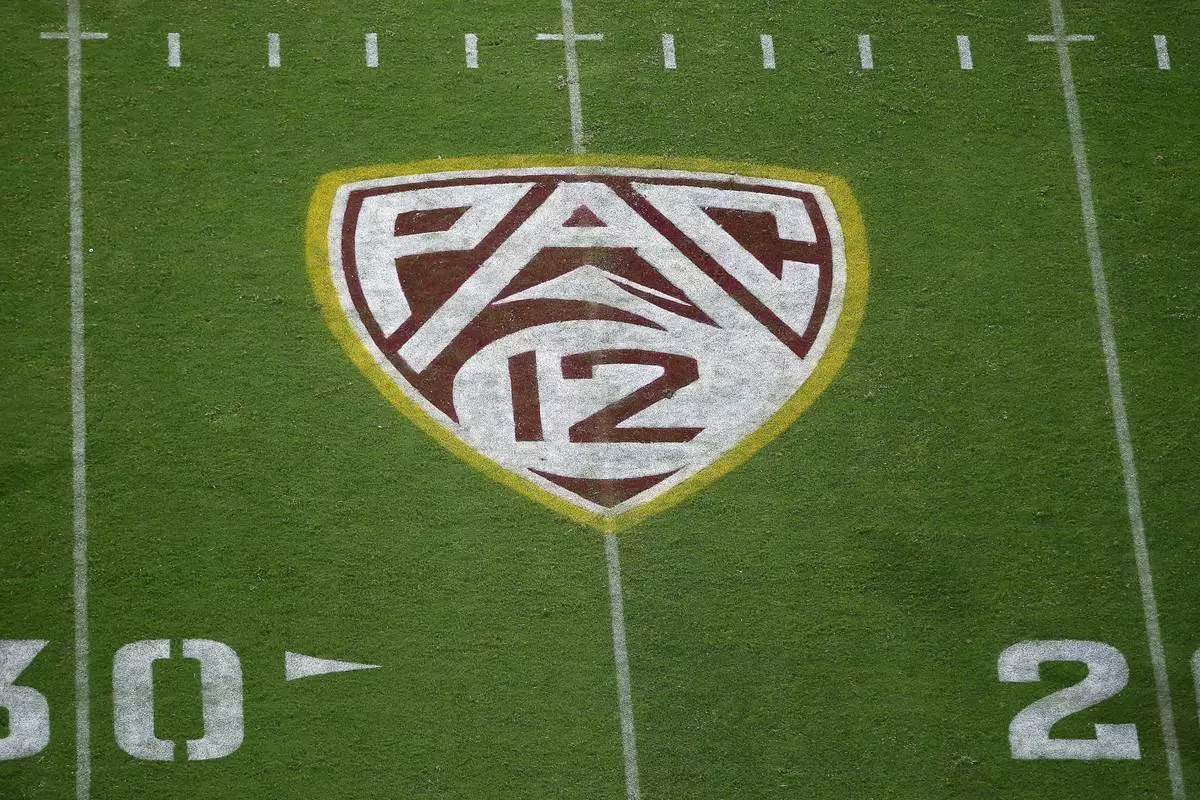
FILE - The Pac-12 logo at Sun Devil Stadium during the second half of an NCAA college football game between Arizona State and Kent State in Tempe, Ariz., Aug. 29, 2019. (AP Photo/Ralph Freso, File)
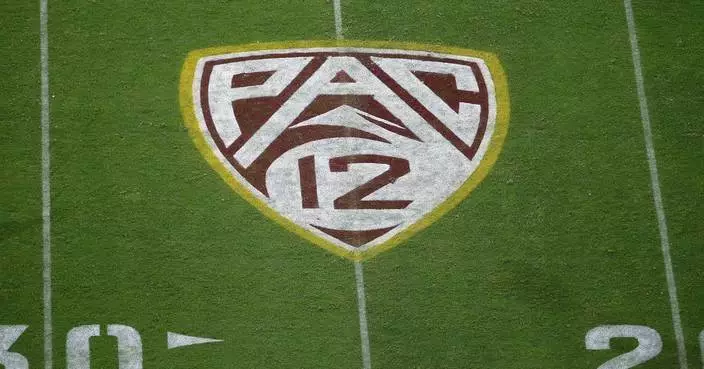
Why join the Pac-12? What schools could be targeted next? What's next for Mountain West?






